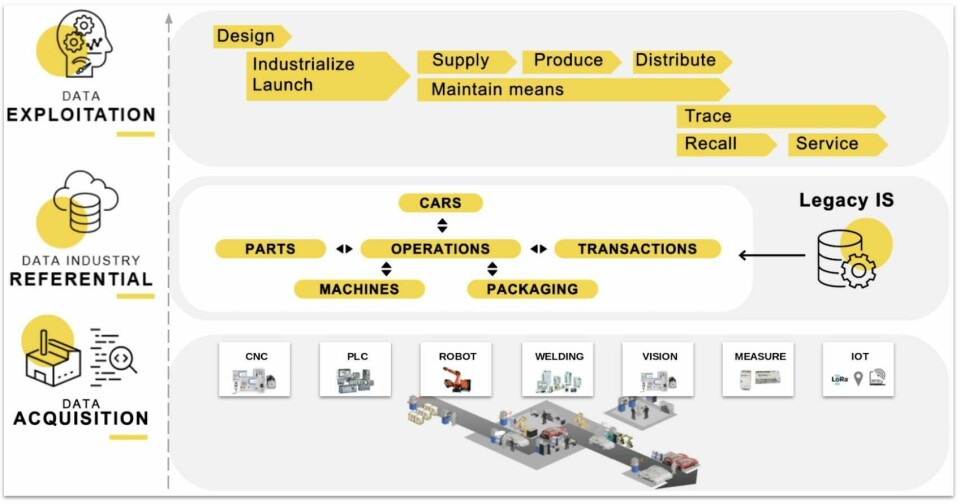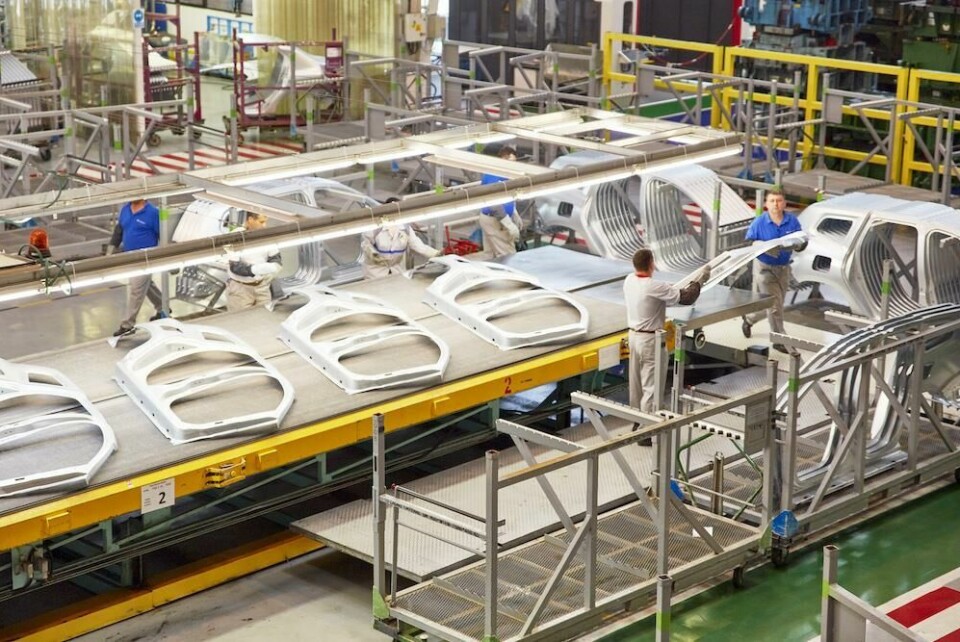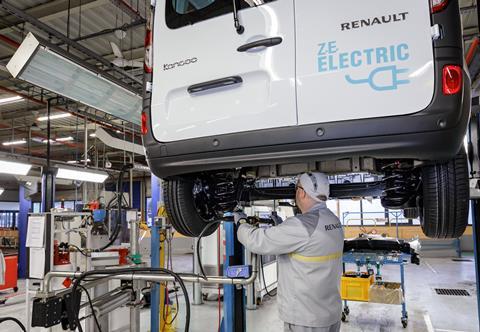Strengthening S&OP to make sense of supply chain chaos
Sales and operations planning is becoming the lynchpin in Renault Group’s ability to make short and long-term decisions across its operations and supply chain.

Renault’s supply chain management is helping to coordinate production decisions in the wake of supply chain shortages, while in the long term is supporting more strategic decision making across inventory, purchasing, logistics and production
The new ‘never normal’ needs a revolution in supply chain at Renault Group
Over the past decade, the supply chain function has become increasingly significant for Renault, as well as the wider Renault-Nissan-Mitsubishi Alliance. At the French carmaker, it covers production control, inbound and vehicle logistics and sales and operations planning (S&OP) activities across the group’s 38 industrial sites, 13 in-house parts logistics platforms and more than 6,000 supplier sites.
In recent years, Renault has been investing further in the supply chain function, including updating legacy logistics and supply chain IT systems and integrating them with real-time transport and inventory data. Renault is furthermore expanding its industrial and supply chain visibility in the cloud with Google, which aggregates data across locations and is supporting the rollout of artificial intelligence and machine learning applications.
A key outcome of this overhaul has been to further strengthen S&OP, which Jean-François Salles, Renault Group global vice-president for supply chain – who has spent his career across multiple supply chain and logistics roles at Renault and the alliance (see CV below) – sees as the OEM’s data orchestra leader, helping the executive board to make key decisions. It brings together not only logistics and inventory costs but also data on supplier capacity, risk analysis, production utilisation, marketing and sales changes.
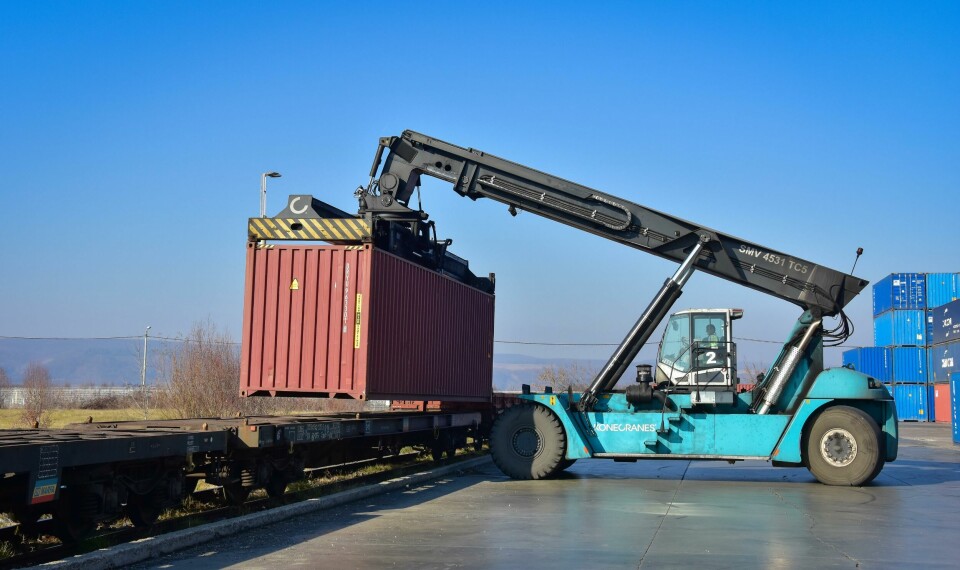
Renault Group’s supply chain includes 38 plants, 13 in-house parts logistics centres and more than 6,000 supplier sites
“We are not deciding everything in supply chain management, but we are able to put all of the key data on the table to help the group decide very quickly on how we can drive the business forward over the next 12 months,” he says.
S&OP: Driving decisions on value over volume
These decisions have helped to drive quick responses in manufacturing and supply chain during the current crisis, while they also support long-term term planning. Under its‘Renaulution’ strategy, Renault Group wants to shift its operational mode from ‘volume to value’. That includes prioritising key models and markets to improve operating margins.
Renault, like most OEMs, has had to cut production in response to the shortage of semiconductors; in its half-year financial statement, the company estimated that it could lose around 200,000 vehicles in output across the group this year, while the situation continues to worsen globally. That has made it critical to decide which products to prioritise based on available components, demand as well as margin. The supply chain team coordinates this analysis across departments with a combination of data on capacity constraints, forecasts, cost and availability across the supply chain, including upstream, ‘tier-n’ suppliers.
“S&OP has proved key to keep the business focused on priorities, value creation and more profitable products and activities,” says Salles. “We are coordinating this activity with sales and marketing across the brands, with purchasing, financing and industrial locations.”
Similar prioritisation has been necessary to address severe challenges in logistics and shipping capacity. Salles points to a “chaotic situation” in container shipping – spot rates for certain trade lanes have risen by 5-10 times compared to before the pandemic, while shipping schedule reliability has fallen from around 80% in 2019 to 30%. Those disruptions, combined with shortages in logistics labour, truck drivers and other issues, have led to a constant need to evaluate transport modes and alternatives to maintain supply.
Companies are only starting to feel the impacts of rising costs of container shipping and logistics more broadly. Salles points to industries such as furniture or white goods where the share of logistics costs has risen from 5-10% of value to as much as 30-50% over the past year.
“S&OP has proved key to keep the business focused on priorities, value creation and more profitable products and activities. We are coordinating this activity with sales and marketing across the brands, with purchasing, financing and industrial locations.”Jean-François Salles, Renault Group
The ratio is also changing for automotive parts, or at least those sourced far afield. Salles points to instances where the share of logistics costs of overseas parts has risen from around 5% of a vehicle’s value, to as much as 10% or even 20%. “This is changing the logic and rationale of parts sourcing and decision making for logistics,” he says. That could include changes in suppliers, locations or the amount of inventory held for certain products.
Salles does not suggest an end to international supply chains, nor a significant change to lean inventory and just-in-time strategies. “There is always this question of whether automotive is too lean. However, as automotive requires such large amounts of investment, cash and capital in the supply chain, it simply cannot afford to be anything but lean, otherwise we would not be able to supply cars today at their current prices.”
However, he does see scope for S&OP to help manage critical inventory stocks, as well as influence more design and purchasing decisions, for example in understanding not only cost but lead time implications for engineering changes.
“Getting approval for products require time, and it is the supply chain that needs to interact across each stage,” says Salles. “For example, in understanding the lead time on making a decision to dual source a part, redesign or react to products, so that we can then know what we will have available on the purchasing and manufacturing side,” he says.
Understanding these processes can also help to reduce product complexity, removing further lead time – and thus inventory – from the supply chain. “The less complexity and diversity in a product, the more confidence we can have to supply without having high stock of parts in our flows,” he says.
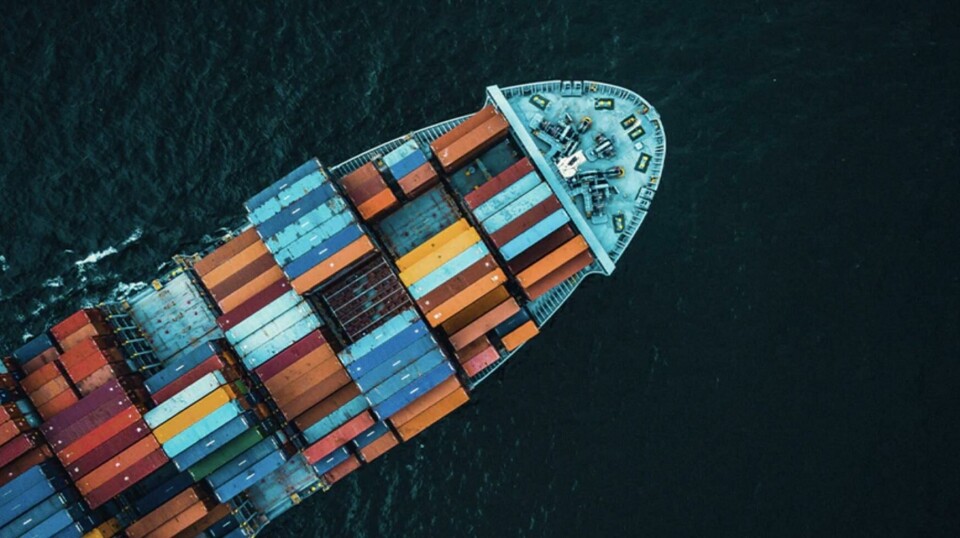
Renault Group is managing through extreme rises in spot rates for container shipping and other supply costs. In some cases, the share of value of international parts has increased from less than 5% to 15-20% of a vehicle’s value
Better visibility of supply costs, lead time and risk might also mean making different decisions about logistics and service partner choices, too. If OEMs are to address chronic labour and capacity issues in logistics, as well as adapt more low-carbon transport modes and technology, they need to work with logistics providers over the long term. Salles says that recent disruptions and cost analysis are increasingly leading Renault Group and the alliance to do just that.
“If we want to run a properly lean and synchronised supply chain, we need to change our relations with transport suppliers,” explains Salles. “That is what we are already doing with Nissan on maritime flows, with longer partnership contracts set with more stabilised cost and service ratios.
“We are also considering how we can apply this longer-term partnership on continental trucking and transport. We are only just at the beginning, but it will develop.”

